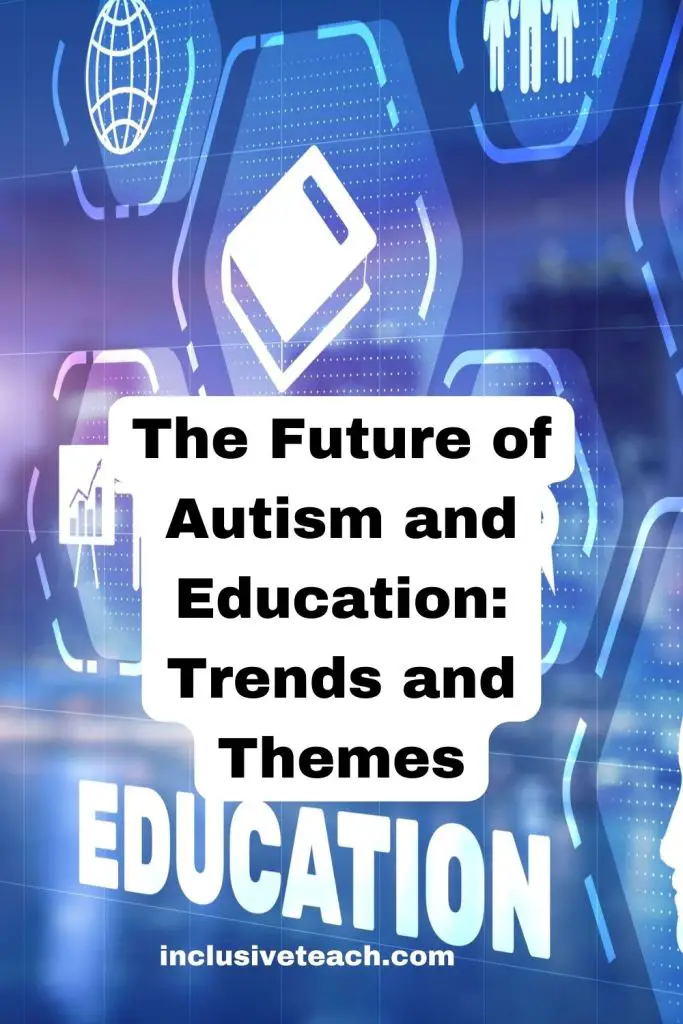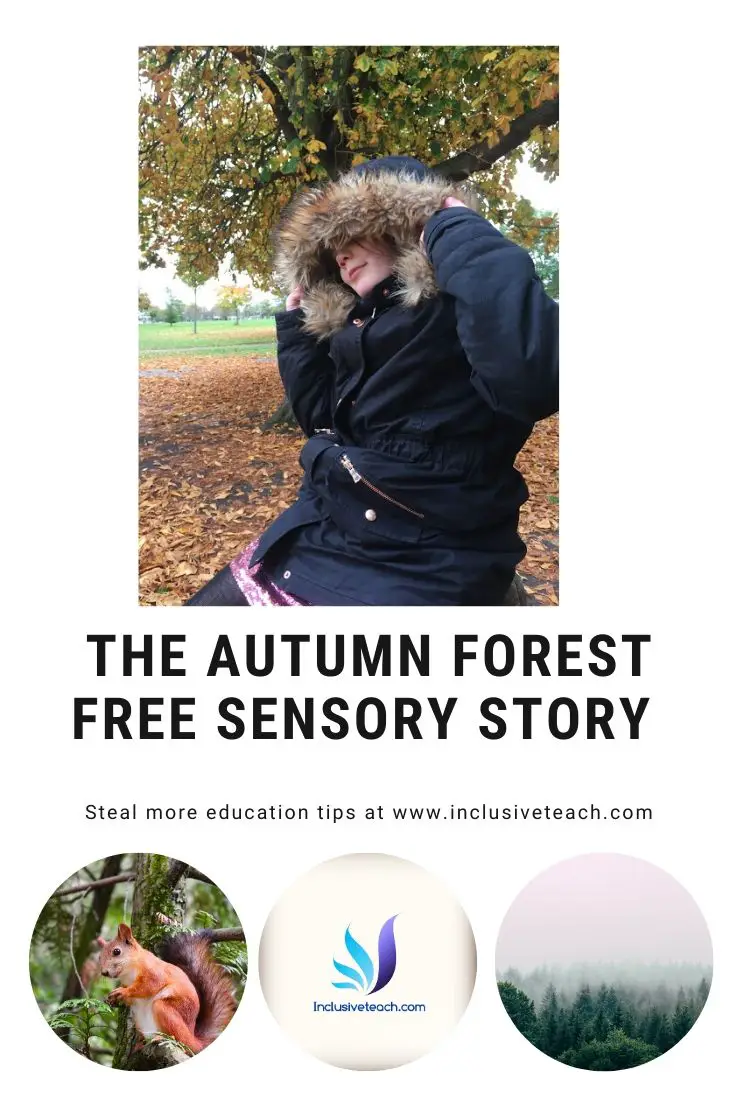The Future of Autism and Education: Trends and Themes
Autistic Children and Education in the UK
Autism and education is a topic that has been receiving a lot of attention and research in recent years, as more children and young people are diagnosed with autism spectrum disorder (ASD) and more families and educators seek to provide them with the best possible support and inclusive teaching opportunities. According to the latest statistics from the National Autistic Society, there are around 700,000 people on the autism spectrum in the UK, which means that more than 1 in 100 people are autistic.
A distressing proportion of autistic children in England aren’t receiving the educational support they require. Despite the availability of specialist schools, 71% of autistic children attend mainstream schools. However, research indicates that these schools are generally unequipped and lack sufficient training in supporting the needs of autistic children, casting doubt on the quality of education they receive, and even the impact of attending unsuitable provisions on their wellbeing. As part of a course I am doing we had to undertake a horizon scanning exercise which was an opportunity to think about the trends that may affect education provision in the coming years. This is not a crystal ball, but some things really need changing.
Current and Future Trends in Special Education for Autistic Children
In this article, we will explore some of the current trends and future themes that are being discussed in the field of autism and education, based on the literature review and the eight principles of good autism practice presented by the Autism Education Trust (AET). The AET is a national partnership of organisations and individuals who aim to improve the education of autistic children and young people in England. The AET has developed a set of standards, competency frameworks and training programmes to upskill education professionals, as well as resources and guidance for good autism practice.
Current Trends in Autism and Special Education
One of the current trends in autism and special education is the impact of the COVID-19 pandemic on the education and well-being of autistic students, especially those who attend special schools or need additional support. The pandemic has disrupted the routines, structures and relationships that many autistic students rely on, and has increased their anxiety, stress and isolation. Some of the challenges that autistic students and their families have faced during the pandemic include:
- Lack of access to education, therapies and interventions, due to school closures, remote learning and reduced services.
- Difficulty adapting to new ways of learning, such as online platforms, video calls and different formats of work.
- Loss of social contact and peer support, as well as increased risk of bullying and exclusion.
- Increased sensory and environmental challenges, such as noise, lighting and distractions at home.
- Reduced opportunities for physical activity, leisure and hobbies, which can affect their health and well-being.
To address these challenges, the AET has published a report titled “Vulnerable and Forgotten: The Impact of the COVID-19 Pandemic on Autism Education in England”, which provides recommendations and examples of good practice for supporting autistic students during and after the pandemic. Some of the recommendations include:
- Providing clear and consistent communication and information to autistic students and their families, using their preferred modes and formats.
- Ensuring that autistic students have access to appropriate education, therapies and interventions, either in person or online, and that their individual needs and preferences are taken into account.
- Supporting the mental health and well-being of autistic students and their families, by providing emotional support, coping strategies and resources.
- Facilitating the social inclusion and participation of autistic students, by creating opportunities for peer interaction, collaboration and feedback.
- Helping autistic students to cope with change and transition, by preparing them for the return to school, revising their individual plans and goals, and providing them with structure and predictability.
Another current trend in autism and education is the need for more inclusive and accessible education for autistic students in mainstream schools, as well as the benefits and challenges of integrating Cullum Centres, which are special units within mainstream schools that cater to the needs of autistic students. According to the AET, around 71% of autistic children and young people in England attend mainstream schools, while 29% attend special schools or other settings. However, many autistic students face barriers and difficulties in mainstream schools, such as:
- Lack of understanding and awareness of autism among staff and peers, which can lead to misconceptions, stereotypes and stigma.
- Lack of appropriate support and adjustments, such as differentiated curriculum, teaching methods and assessment, as well as reasonable accommodations for sensory, communication and behavioural needs.
- Lack of involvement and empowerment, such as having a say in their own learning and development, and being able to express their views and preferences.

Examples of Good Practice
One of the examples of good practice for inclusive and accessible education for autistic students in mainstream schools is the Cullum Centre model, which was developed by the National Autistic Society and the Cullum Family Trust. The Cullum Centres are special units within mainstream schools that provide specialist support and intervention for autistic students, while also enabling them to access the mainstream curriculum and socialise with their peers. This provides some ideas that would be effective rolled out more widely. The Cullum Centres aim to:
- Provide a safe and supportive environment for autistic students, where they can learn at their own pace and level, and have access to specialist staff, equipment and resources.
- Promote the inclusion and integration of autistic students in the mainstream school, by facilitating their participation in lessons, activities and events, and by raising awareness and understanding of autism among staff and peers.
- Prepare autistic students for the future, by developing their academic, social and life skills, and by supporting their transition to further education, employment or independent living.
The Cullum Centre model has been implemented in several mainstream schools across England, and has been evaluated by the Autism Centre for Education and Research at the University of Birmingham. The evaluation found that the Cullum Centres have positive outcomes for autistic students, such as improved attendance, attainment, confidence, self-esteem, communication, social skills and well-being. The evaluation also found that the Cullum Centres have positive outcomes for the mainstream schools, such as enhanced staff knowledge, skills and confidence, improved school culture and ethos, and increased parental satisfaction and engagement.
Future Themes in Autism and Special Education
One of the future themes in autism and education is the effectiveness and evidence base of different educational interventions and strategies for autistic students, such as adult-led and naturalistic forms of instruction, positive behaviour intervention and support, and technology-assisted instruction and intervention. There is a growing demand for evidence-informed practice in autism and education, which means that education professionals need to use the best available research evidence, along with their professional judgement and the views and preferences of autistic students and their families, to inform their decisions and actions.
However, there is a lack of high-quality and relevant research evidence on the effectiveness and impact of different educational interventions and strategies for autistic students, especially in naturalistic and inclusive settings. Therefore, there is a need for more rigorous and robust research studies, as well as more systematic reviews and meta-analyses, to evaluate and compare the outcomes and costs of different educational interventions and strategies for autistic students.
Evidence Based Trends
Some of the examples of educational interventions and strategies that have been studied and reviewed in the literature are:
- Adult-led and naturalistic forms of instruction, which involve teaching specific skills or concepts to autistic students, either in a structured and direct way, or in a more flexible and responsive way, depending on the context and the learner’s needs and interests. Some of the adult-led and naturalistic forms of instruction that have been used with autistic students are discrete trial training, pivotal response training, incidental teaching, and milieu teaching.
- Positive behaviour intervention and support, which is a framework that aims to prevent and reduce challenging behaviours and promote positive behaviours among autistic students, by understanding the function and triggers of their behaviours, and by providing them with appropriate support and reinforcement. Some of the positive behaviour intervention and support strategies that have been used with autistic students are functional behaviour assessment, behaviour support plans, antecedent interventions, consequence interventions, and self-management interventions. This is increasingly contriversial due to the behaviourist and lack of neuro-diverse voices advocating for PBS.
- Technology-assisted instruction and intervention, which involves using various forms of technology, such as computers, tablets, smartphones, robots, virtual reality, and augmented reality, to enhance the learning and development of autistic students, by providing them with interactive, engaging, and individualised experiences. Some of the technology-assisted instruction and intervention applications that have been used with autistic students are computer-based instruction, video modelling, social robots, virtual environments, and augmented reality.
- There is a need for more support and guidance for autistic students and their families during and after the transition from school to adulthood, as well as more opportunities and pathways for autistic students to pursue their goals and aspirations in further education, employment or independent living.
Is there a National Plan For Improving Education for Autistic Children?
The development and implementation of a national strategy for autistic children, young people and adults in the UK, which aims to improve the outcomes and opportunities for autistic people across various domains, such as education, health, employment, and community. The national strategy was launched in July 2021, and outlines the vision, priorities, and actions for the next five years, as well as the roles and responsibilities of different stakeholders, such as the government, local authorities, service providers, and autistic people and their families1. Some of the key objectives and actions of the national strategy for education are:
- To ensure that autistic children and young people have access to high-quality education that meets their needs and aspirations, and that they are supported to achieve their full potential.
- To increase the availability and quality of specialist provision and support for autistic children and young people, both in mainstream and special schools, and to ensure that they have a choice of suitable placements and transitions.
- To improve the knowledge and skills of education professionals and staff, and to provide them with appropriate training and resources on autism and good practice.
- To involve and empower autistic children and young people and their families in the design, delivery and evaluation of education services and policies, and to ensure that their views and preferences are respected and valued.
The national strategy for autistic individuals in the UK is a comprehensive initiative that addresses gaps and challenges in the current education system. It provides more support and opportunities for their learning and development. It will be interesting to see the impact of this over the next couple of years.






